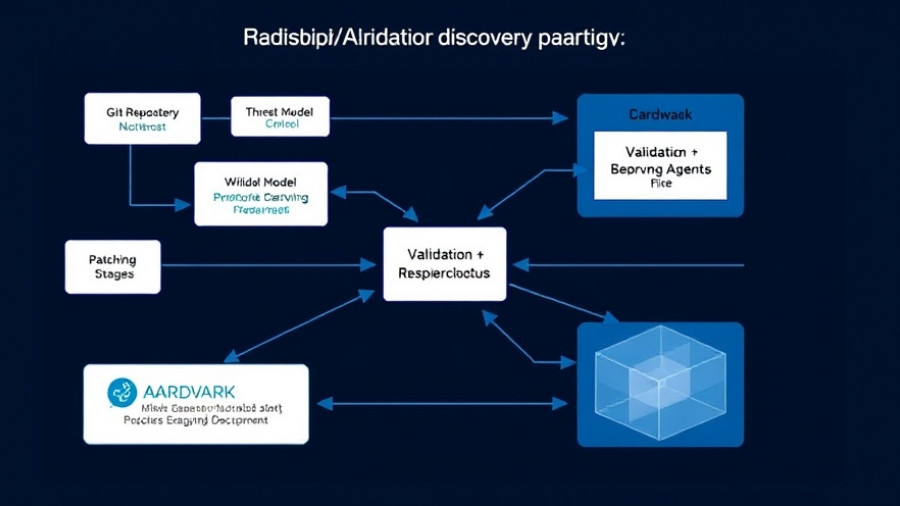
Understanding RAG in AI: The Basics
With the rapid evolution of artificial intelligence, particularly in the realm of Large Language Models (LLMs), the concept of Retrieval-Augmented Generation (RAG) has become crucial. RAG enhances these LLMs with domain-specific knowledge effectively, allowing them to answer complex questions. Essentially, it integrates the retrieval of information with generative capabilities, providing a more coherent and context-aware response to users.
Exploring Native RAG: The Standard Operating Procedure
The Native RAG pipeline is the most common implementation of RAG. This method includes a multi-stage process where the user's question is first embedded into a vector for semantic search. Following that, a retrieval phase identifies relevant information using advanced similarity metrics. The last stages involve reranking the information and generating a final answer through synthesis. By continuously optimizing these stages, especially with techniques like dynamic reranking and fusion strategies, Native RAG remains a vital foundational tool in AI.
The Rise of Agentic RAG: A New Frontier in AI
However, the introduction of Agentic RAG is changing the landscape. Agentic RAG isn't just a single pipeline; it's an entirely new architecture that incorporates multiple autonomous agents. Each document is processed by its own agent, creating a decentralized approach to information retrieval. This allows for deep reasoning, multi-document comparisons, and real-time adaptability, making Agentic RAG a formidable advancement in AI's capability to handle complex queries and dynamic environments.
Value of Agentic RAG: Efficiency and Effectiveness
One of the key advantages of Agentic RAG lies in its efficiency. By orchestrating multiple agents, the system can parallel-process information, which drastically reduces response time and enhances user engagement. These AI agents can work autonomously, meaning they can process more information simultaneously than their Native RAG counterparts. This capability is particularly beneficial for enterprises that require swift and accurate analysis of vast amounts of data.
Real-World Applications: From Businesses to Healthcare
In practical terms, the potential applications of Agentic RAG are vast. Businesses utilizing AI for customer service could see real improvements in how inquiries are managed, with agents able to pull relevant data and generate responses more swiftly. Likewise, healthcare could benefit as AI assists in analyzing patient data or research documents, providing professionals with comprehensive insights rapidly.
The Future of AI: What Lies Ahead?
The trajectory of AI, especially with emerging RAG frameworks, indicates a move towards systems that offer personalized, contextually aware responses. This trend points to a future where AI agents will become integral to daily decision-making processes, significantly influencing both individual and enterprise-level functionalities.
Addressing Concerns: Balancing Automation with Human Insight
While the advancements in AI, such as Agentic RAG, are exciting, they also raise critical questions about the balance between automation and human insight. As AI becomes increasingly automated in decision-making, it's essential to maintain human oversight to ensure ethical considerations and contextual understanding are not compromised. Educational resources and industry standards will become vital in navigating these challenges effectively.
Conclusion: Embracing the AI Revolution
As technology continues to advance, staying informed and understanding the implications of AI approaches like Agentic RAG can empower users and organizations to harness their full potential. The debate between Native and Agentic RAG reflects not just a technical distinction but also a philosophical shift towards a future where AI not only assists but partners with us in making informed decisions. Dive into the world of AI and learn more about how these technologies can influence and enhance our lives today!
 Add Row
Add Row  Add
Add 




Write A Comment